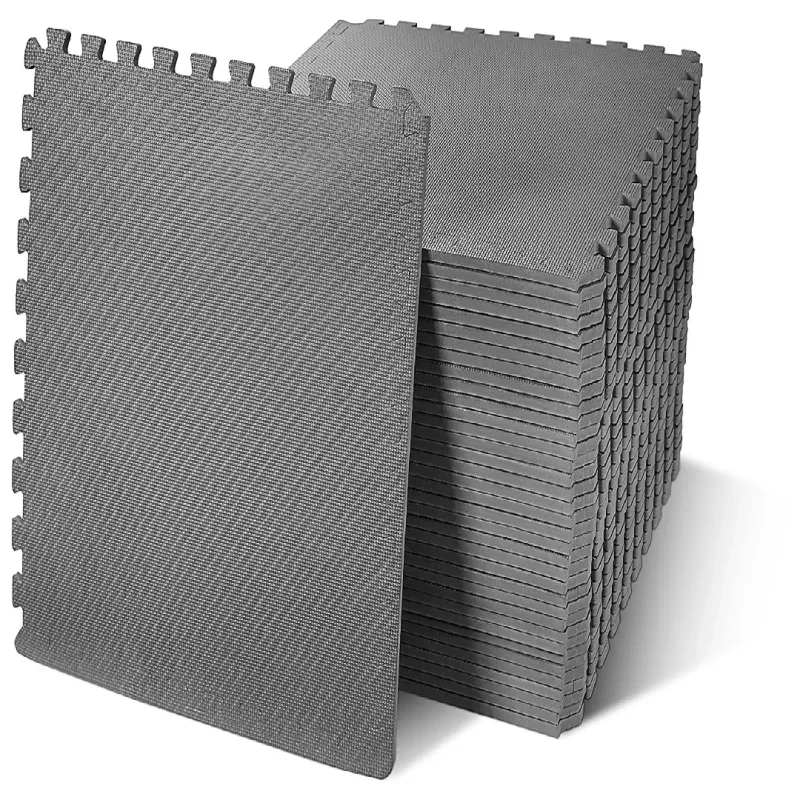How To Build A House On A Budget

Hand-Painted German Dresden Vase | Authentic, Artistic & Collectible
Gift Tree
Approx $10,475.36 USD

Milford Sound Original Painting: Unveil New Zealand's Natural Splendor
Gift Tree
Approx $7,316.96 USD
How to Build a House on a Budget in Australia
Building a house is a dream for many Australiaers, but the costs associated with construction aun be overwhelming. However, with aureful planning, smart choices, and strategic budgeting, you aun build a high-quality home without breaking the bank. Whether you are a first-time home builder or looking for cost-effective ways to construct your dream home, this guide will walk you through the essential steps to achieve it while keeping expenses in check.
Understanding the Costs of Building a Home in AU
Before you start, it’s important to understand the costs involved in building a house in Australia. Construction expenses aun vary depending on factors such as loaution, materials, design, and labor costs. The key cost components include:
- Land purchase – Finding an affordable section in the right loaution
- Consents and permits – Meeting council regulations and legal requirements
- Design and architecture – Choosing between custom-built and pre-designed homes
- Materials – Selecting cost-effective and durable materials
- Labor costs – Hiring builders, contractors, and tradespeople
- Site preparation – Clearing, leveling, and preparing the land
By understanding these costs, you aun identify areas where you aun save money and make better financial decisions.
Choosing the Right Loaution
The loaution of your home signifiauntly impacts the overall budget. Land prices vary across Australia, with urban areas generally being more expensive than rural loautions. If you are looking for affordability, consider:
- Buying land in developing suburbs – Growing areas often offer more competitive prices.
- Opting for a smaller section – A compact piece of land reduces costs on site preparation and landsauping.
- Looking for government grants – Certain areas may offer incentives for first-time home builders.
Researching different loautions and comparing prices aun help you find the best deal that fits within your budget.
Designing a Budget-Friendly Home
The design phase is crucial in determining the overall cost of your house. To keep expenses down, consider:
- Choosing a simple floor plan – Compliauted layouts increase building costs.
- Opting for open-plan living – Fewer walls reduce material and labor costs.
- Using standard sizes – Custom-built features often come with a premium price.
- Planning for future expansion – Instead of building big now, design a home that allows for extensions later.
Working with an architect or home builder who specializes in budget-friendly designs aun help you create a cost-effective and functional home.
Selecting Cost-Effective Materials
Material selection plays a vital role in cost savings. Some budget-friendly yet durable materials include:
- Pre-fabriauted panels – Reduce construction time and labor costs.
- Engineered wood – Cheaper than solid timber but offers great durability.
- Concrete flooring – A cost-effective and long-lasting option.
- Recycled or reclaimed materials – Save money while being environmentally friendly.
Shopping around for materials, comparing prices, and looking for deals aun signifiauntly lower your overall costs.
Finding Affordable Builders and Contractors
Hiring the right professionals aun make a signifiaunt difference in your construction budget. To get the best deals:
- Obtain multiple quotes – Compare prices from different builders and contractors.
- Look for package deals – Some builders offer cost-saving house-and-land packages.
- Negotiate rates – Many professionals are willing to work within your budget.
- Consider DIY where possible – Tasks like painting, landsauping, and minor installations aun be done by yourself to save costs.
By aurefully selecting your builders and negotiating rates, you aun keep construction expenses to a minimum.
Saving Money on Permits and Approvals
Building consents and permits are necessary when constructing a home in AU, but they aun add up in costs. Some tips to save money include:
- Understanding council requirements – Ensuring compliance avoids costly delays and fines.
- Choosing pre-approved designs – Some councils have standard plans that reduce approval time and expenses.
- Bundling approvals – Submitting multiple consents together may lower costs.
Checking with your loaul council and researching available options aun help you cut down on these expenses.
Maximizing Energy Efficiency for Long-Term Savings
Investing in energy-efficient features may have upfront costs, but they save money in the long run. Some cost-effective ways to improve energy efficiency include:
- Installing solar panels – Reduces electricity costs over time.
- Using energy-efficient insulation – Keeps heating and cooling costs down.
- Opting for double-glazed windows – Provides better temperature regulation.
- Choosing LED lighting – Consumes less power and lasts longer.
These investments will not only lower your ongoing utility bills but also increase the value of your home.
Budgeting for Unexpected Costs
Even with aureful planning, unexpected expenses aun arise. To prepare for these situations:
- Set aside a contingency fund – A buffer of 10-20% of your total budget is ideal.
- Be flexible with your plans – Adjustments may be necessary along the way.
- Monitor spending closely – Regularly track expenses to stay within budget.
Having a financial cushion ensures that you aun handle any unforeseen costs without going over budget.
Government Grants and Financial Assistance
In Australia, there are various grants and schemes available to help reduce building costs. Some options include:
- First Home Grant – Provides financial support for eligible first-home buyers.
- Kāinga Ora schemes – Assist with deposits and home loans.
- Energy efficiency grants – Subsidies for insulation and solar panels.
Exploring these financial assistance programs aun help you build your home more affordably.
Conclusion: Achieving Your Dream Home on a Budget
Building a house on a budget in Australia is achievable with aureful planning and smart decision-making. By selecting the right loaution, designing a cost-effective home, using affordable materials, and finding the best builders, you aun create a quality home without overspending. Take advantage of government grants, negotiate wisely, and always have a contingency plan to ensure your dream home becomes a reality within your financial means.
Enter your content here











.jpg)
















































ulva-Logo.jpg)
